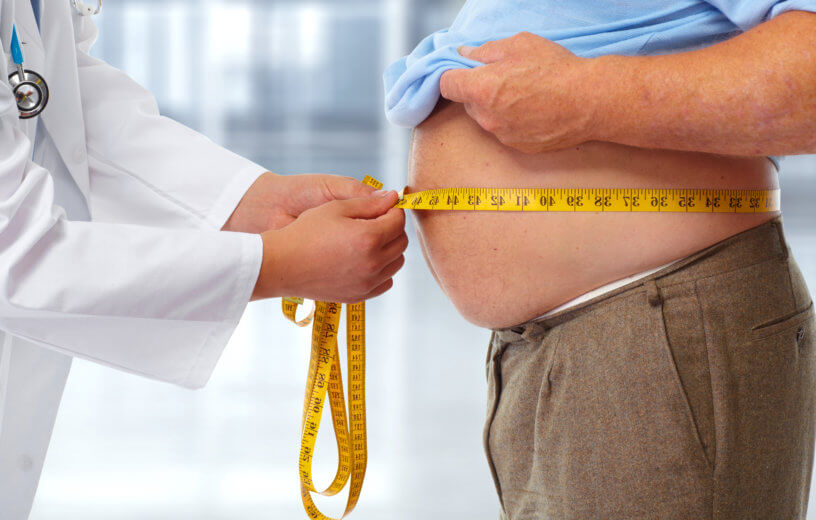BOSTON, Mass. — The growing problem of obesity in the United States is only going to get worse, according to a troubling new study conducted at the Harvard T.H. Chan School of Public Health. In comparison to virtually every other country, food portions in the U.S. are extravagant, and for lack of a better term, super-sized. All of those extra portions are adding up, though, and if researchers’ predictions hold up, roughly half of the U.S. population will be obese by 2030, and about a quarter of Americans will be severely obese.
Separated by state, these results mean that in 29 U.S. states, half the population will be obese, and across all states obesity rates will be over 35%. For reference, it is estimated that right now about 40% of American adults are obese and 18% are dealing with severe obesity.
While it’s obvious that obesity is detrimental to one’s personal health and quality of life, the study’s authors also point out that widespread obesity will eventually start to impact the United States’ economy and society as well.
“Obesity, and especially severe obesity, are associated with increased rates of chronic disease and medical spending, and have negative consequences for life expectancy,” says senior author Steven Gortmaker, professor of the practice of health sociology at Harvard Chan School, in a release.
These predictions were made using self-reported body mass index (BMI) data collected from 6.2 million adult participants in the Behavioral Risk Factor Surveillance System Survey (BRFSS) between 1993-2016. BMI is calculated by dividing one’s weight by the square of their height, and individuals with a BMI of 30 are typically considered obese, while those with a BMI of 35 or higher are considered severely obese.
Often times, people tend to be less than honest when reporting their own weight, so the research team used a series of novel statistical methods to account for these predicted inaccuracies. Additionally, the large dataset researchers had to work with allowed them to zero in on obesity rates within states, and across income levels and sub-populations.
By 2030, many states will have obesity rates close to 60%, while other states on the lower end of the spectrum will still be just under 40%. As far as national demographics, severe obesity is predicted to be the most common BMI category among women, non-Hispanic black adults, and those with an annual income below $50,000.
“The high projected prevalence of severe obesity among low-income adults has substantial implications for future Medicaid costs,” comments lead author Zachary Ward, a programmer & analyst at Harvard Chan School’s Center for Health Decision Science. “In addition, the effect of weight stigma could have far-reaching implications for socioeconomic disparities as severe obesity becomes the most common BMI category among low-income adults in nearly every state.”
So, what can be done to try and stop these predictions from coming true? The study’s authors suggest a tax on sugar-sweetened beverages, among other proactive policies.
“Prevention is going to be key to better managing this epidemic,” Ward concludes.
The study is published in the New England Journal of Medicine.
